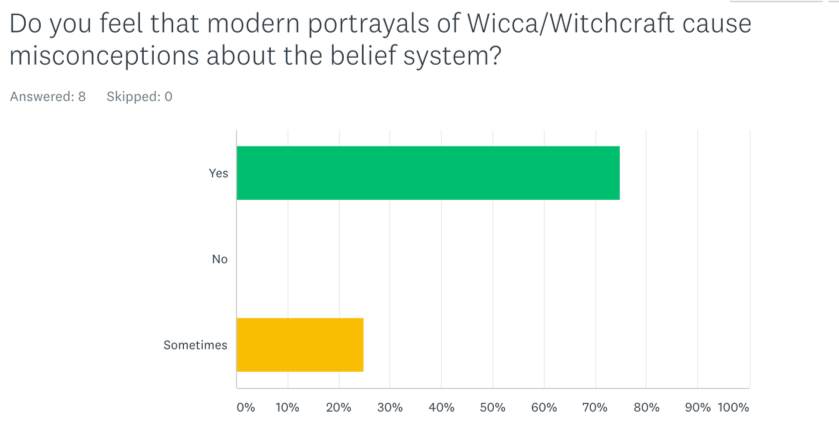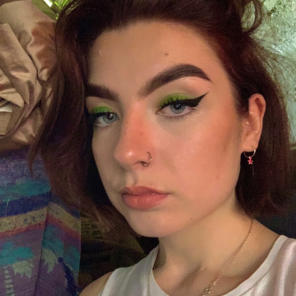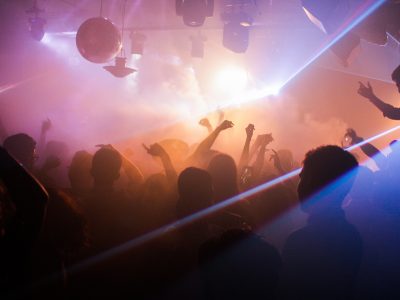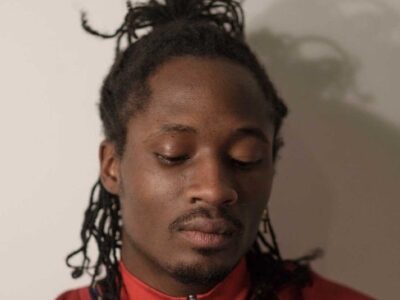Wicca: insincere aesthetic vs. religious craft

Jessica explores a new interest in the ancient and misunderstood Pagan religion
With the release of Netflix’s satanic spin-off, Chilling Adventures of Sabrina, an ancient subculture is enjoying new interest – witchcraft. Witchcraft is an age-old tradition, dating back to Palaeolithic cave paintings from around 30,000 years ago. Wicca is a contemporary Pagan new religious movement developed in early 20th century England and brought into the public eye by Gerald Gardner, a retired civil servant, in 1954. The religion draws on 20th-century occult principles, and many Wiccans practice witchcraft too. However, you don’t need to practice witchcraft to be Wiccan, like modern shows suggest. Another result of shows such as Chilling Adventures of Sabrina and American Horror Story increasing in popularity is that until very recently, Wicca and witchcraft were seen as taboo. However, with their increase in public exposure, more and more people are becoming interested in the religion.
Chilling Adventures of Sabrina has been causing quite a media storm recently after the Satanic Temple sued Netflix for using Baphomet iconography – without the Temple’s permission. Witches and Wiccans have also been calling out the show because it reduces their belief system to something that is only inherently dark or associated with Satan, despite having a real witch as one of their writers. This begs the question: is this real witchcraft or just a romanticised aesthetic?
Witches and Wiccans have also been calling out the show because it reduces their belief system to something that is only inherently dark or associated with Satan
While the days of burning witches are long gone and society is no longer Puritanical, ignorance and fear of the unknown has fuelled an ancient hatred towards true witchcraft. A majority of Wiccans and witches are afraid to reveal their beliefs to others due to fear of judgement or discrimination. According to an anonymous survey of Wiccans, witches, and their family and friends which I created then shared on social media, 71% of followers feel judged for their beliefs, despite there being a large estimate of 53,172 Pagans and 11,026 Wiccans in the UK according to the 2011 census. So, to bust some myths, here are some unromanticised, unbiased and unerring guidelines about Wicca taken from a BBC article, most of which are a stark contrast to the representations of witchcraft and Wicca seen in the media today.
1. Belief that the human mind can create change in ways that are not yet understood by science.
2. Magick has an ethical code that it may only be performed if it does not harm others.
3. The energies we create can influence what happens to us – threefold law states that magick will boomerang back to its performer threefold.
4. It is nature based, polytheistic, non-hierarchal and intersectional – people from other religions often co-identify as Wiccan.
5. The belief in reincarnation, oneness with others, the planet and the self.
Wicca is a far cry from the representations in Chilling Adventures of Sabrina, with prospective followers having to study for a year and a day to be initiated into a coven – no dark baptism or soul-signing required. The religious movement preaches positivity and karmic justice, so it is understandable that many followers find modern representations of witches or Wiccans distasteful. To demonstrate the scale of this issue, I have included statistics from the aforementioned survey. Of all respondents, only 12.5% partake in Satanic rituals, and as Wicca preaches positive energy, it is safe to assume that this demographic are witches independent of the Wiccan religion.



These results reinforce the idea that whilst the craft has become less taboo, there is still existing stigma, with 100% of respondents believing that more people should be educated on Wicca and witchcraft. After all, if other religious beliefs are taught in schools, why aren’t Pagan beliefs? One respondent made an interesting point that most modern age portrayals don’t care about what Paganism really means, “but rather want to use it as an alternative or edgy plot device.” They also touched on the feminine aspect of Wicca, as it is often wrongly understood to be a goddess-focused practice which, “tends to put off a lot of men.” It is often categorised as a woman’s craft when this is simply not true – plenty of men are Wiccans or warlocks.
Unfortunately, modern media does little to destigmatize the craft
Unfortunately, modern media does little to destigmatize the craft, but we can only hope that as more men and women choose it as their belief system, they will become more educated and in turn educate others. In the current political climate in which homelessness is on the rise and young people are struggling to buy their own home, it is all too easy to lose belief in more mundane and fixed institutions such as the government, hence more people are swayed to follow more abstract or previously dismissed belief systems as a source of hope and aesthetic superiority or ‘edginess’. Alternative beliefs such as Wicca can provide feelings of equality, inclusion and acceptance for all involved due to its ability to be duotheistic or polytheistic, its worship of male and female deities and its intersectional nature. Wicca also provides explanations for positive and negative life events through threefold law and karma, which can be interpreted alongside or as an alternative to science. Whether people follow Wicca as an aesthetic interest or as a genuine religious belief, we can only hope that more attention will be drawn to it, and more people will educate themselves, in turn destigmatising the practice. Those who try to tarnish its reputation will receive their karmic justice one day.








